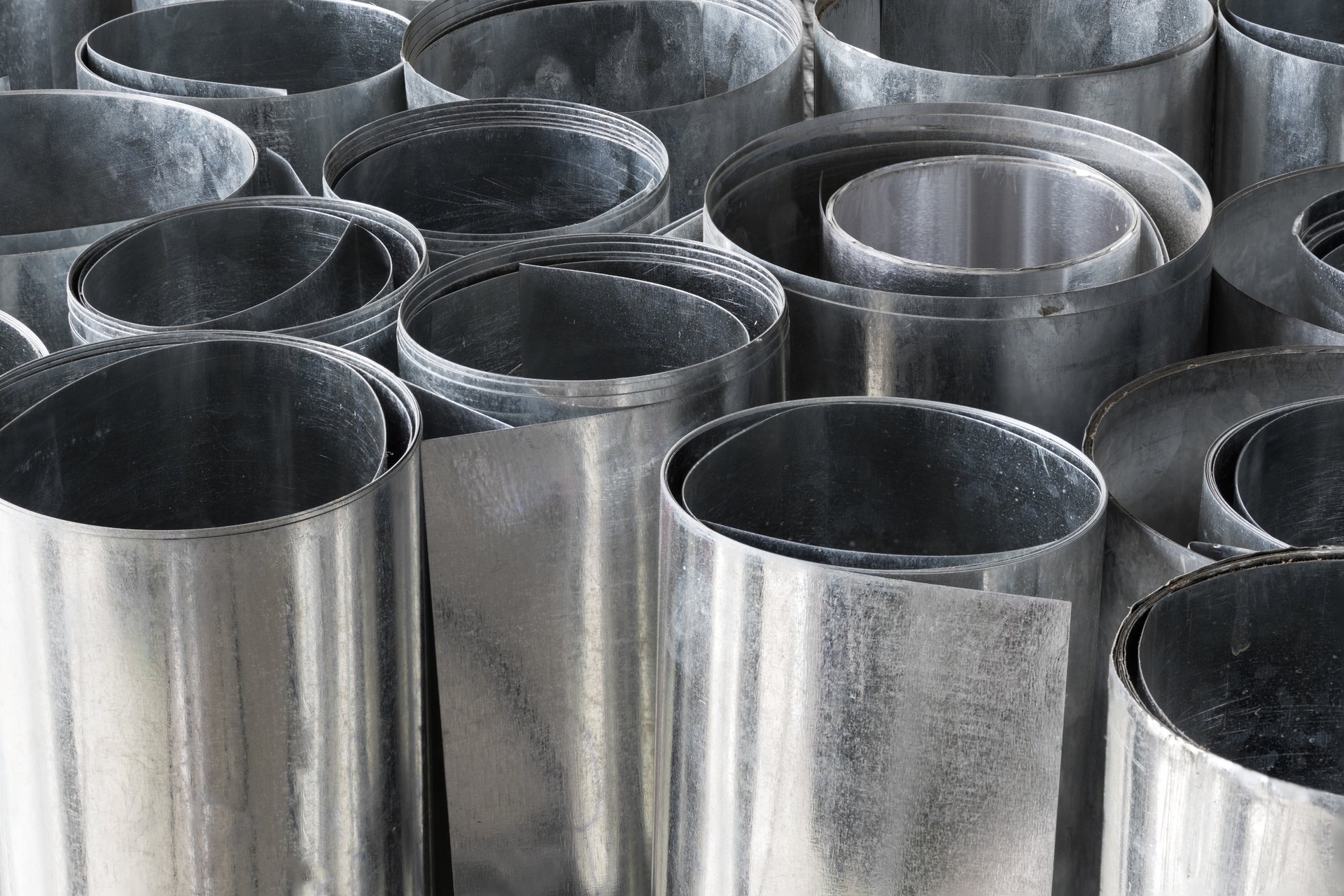Stainless steel is one of the most versatile and widely used materials in modern manufacturing thanks to its exceptional strength, durability, and resistance to corrosion. However, not all stainless steels are created equal, and choosing the right grade for a given application can be important to achieving the desired performance and longevity.
A lot of our products are made of 304 grade steel as standard. We know, however, that often, clients have more specific needs and need extra durability. To cater to this, we offer some of our steel products, like the Hopetown Bench, for example, in 316 grade steel as well as 304.
But what does all this mean? In this blog, we'll take a look at the similarities and differences between 304 and 316 stainless steel and provide guidance on choosing the right grade for your needs. Whether you're a professional designer, architect, or someone interested in learning more about this remarkable material, we will give you some valuable insights into the world of stainless steel.
What is stainless steel?
Stainless steel is a type of alloy which is a combination of two or more metallic elements. Steel is mainly made of iron with the addition of at least 10.5% chromium. The chromium is what is responsible for its signature sleek look and resistance to rust and corrosion. Stainless steel also can contain other elements – nickel, manganese, molybdenum and many others, which are added in specific proportions to enhance certain properties of the steel.
The main benefits of stainless steel are its strength, durability and resistance to corrosion. This makes it a widely used material across dozens of industries, from construction to food processing.
Stainless steel grades
Stainless steel is divided into several types based on their crystalline structure: austenitic, ferritic, martensitic, duplex and precipitation hardening. Two-thirds of all stainless steel production is austenitic stainless steel, and the 200 and 300 series are part of this group. The 200 grade series are chromium-manganese-nickel alloys, whilst the 300 grade series are chromium-nickel alloys.
The grade is there to give you an idea about what you can expect from the steel. Knowing the grade gives you specific information on what the composition of the given stainless steel is and, therefore, what its properties are. Among the various grades of stainless steel, 304 and 316 are the most commonly compared and used. While they share many similarities, such as their high resistance to rust and oxidation, they also have some important differences that make each more suitable for specific applications.
300 Stainless Steel series
The stainless steel grades in the 300 series are known for their high corrosion resistance and ability to maintain strength at high temperatures. 304 stainless steel is the most common one. It contains both chromium and nickel. The reason it is so widely used is its high corrosion and oxidation resistance and the ease with which it can be made into a desired shape. It is also the cheaper alternative of the two most popular 300 grades.
It is widely used across industries. You can find items manufactured from 300 grade stainless steel anywhere from your kitchen's pots and pans to SpaceX's Starship SN8. We use it to make many of our products like our Prestige Stainless Steel Bus Shelter, Wayburn Stainless Steel Bench or our Stainless Steel Bollards.
Meanwhile, the 316 grade stainless steel is a molybdenum alloy. 316 is the second most popular of the 300 series stainless steel after the 304. It is a material that is also known for strength and durability. However, the addition of the molybdenum makes 316 stainless steel highly resistant to pitting and crevice corrosion, especially in saline and chloride-exposed environments. For this reason, 316 stainless steel is also known as marine-grade stainless steel.
This makes 316 great for coastal towns, used near roads treated with salt in the winter or any structures submerged in the sea. This is also why we offer some of our products, like this Semi-Domed Top Stainless Steel Bollard in both 304 and 316.
What grade of stainless steel should you choose?
When considering which stainless steel grade to choose for a product, it is worth remembering that both grades share most of their properties. They are both suitable for street furniture and outdoor shelters and will pass the test of time with flying colours.
304 stainless steel
-
It is highly durable
-
It is corrosion and oxidation resistant
-
It can endure harsh environments well
-
It can withstand very high temperatures
-
It has a high tensile strength
-
It can be shaped easily
-
It is cheaper to manufacture
316 stainless steel
-
It is highly durable
-
It is corrosion and oxidation resistant
-
It can endure extremely harsh conditions very well
-
It can withstand very high temperatures
-
It has a higher tensile strength
-
It can be shaped easily
-
It has a higher resistance to harmful acids, alkalis and chloride
-
It is more expensive
The main difference is that 316 offers products manufactured from it, the benefit of better resistance to crevice corrosion and pitting, especially in a chloride environment. If your bench, bus shelter, or bollard is located in a coastal area where salt exposure is inevitable, you should plan for that and opt for products made from 316 grade stainless steel.
The second difference is that the 304 is usually slightly cheaper than the 316 grade stainless steel. However, this should be considered an investment if you are located in a coastal area or the steel will be exposed to any salt, like, say, a bollard near a busy road that gets salted in winter.
If you have further questions or are not sure what is suitable for your specific situation, don't hesitate to contact us – one of our experienced advisers will answer all your questions.
